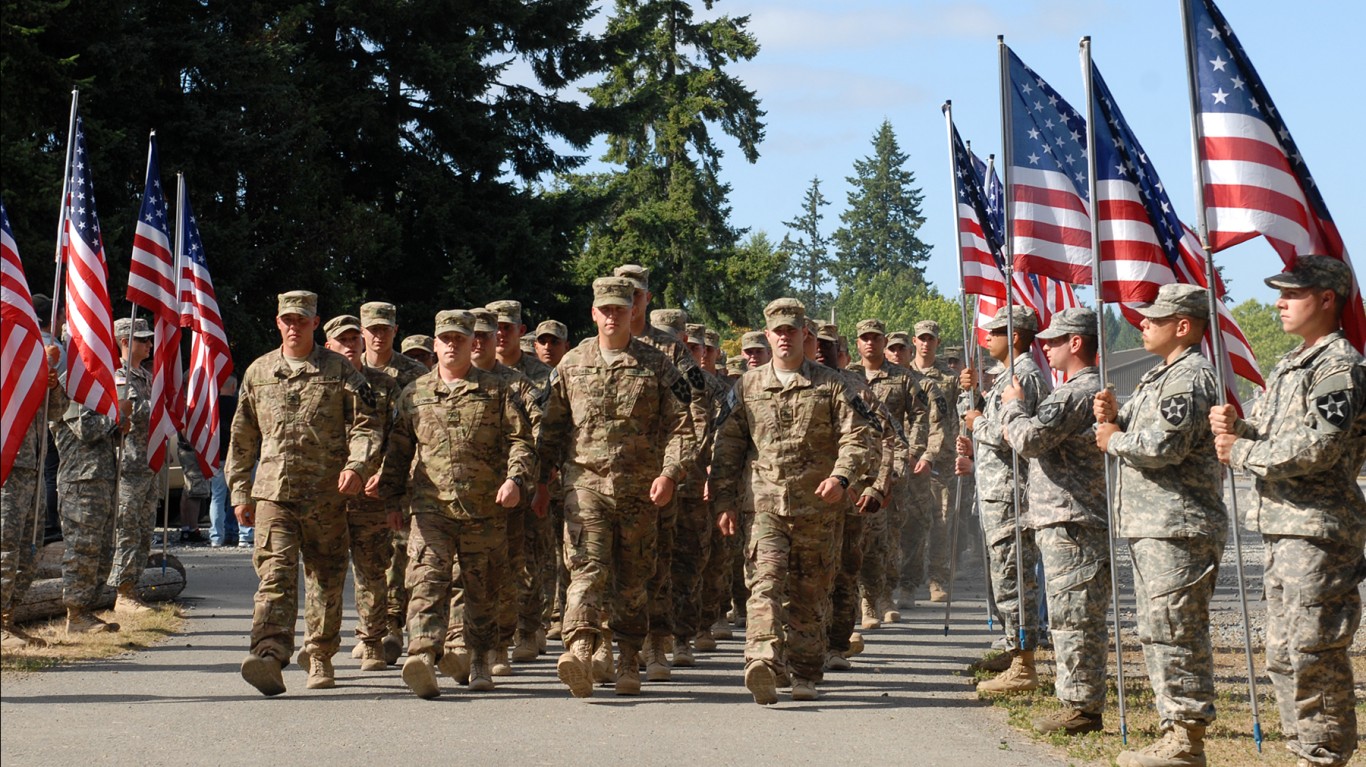
Whether it be daring risk-taking, plans with little chance of success, creative thinking, or unique problem-solving, militaries throughout history have found ways to beat the odds and out-think their opponents. The United States military is no different. The examples of impressive creativity in the face of danger are nearly endless, but a few have gained fame and notoriety due to their success or sheer unlikelihood of succeeding. For this list we picked a few of the most interesting examples of crazy military ideas. Here are ten of the most creative and crazy ideas the US military used that actually worked.
#10 Reindeer Rescue
Sailors are a notoriously hardy and tough group of people. They live and die by the sea and are usually able to find solutions to their own dire predicaments, but even the hardiest of sailors could find themselves at the mercy of Mother Nature, especially during the age of sail. In 1897, early sea ice trapped eight whaling ships along with their 265 sailors in the Arctic. It was impossible to get supplies to them or rescue them by ship, and overland travelers could not carry enough supplies to keep them alive until the ice melted in the spring. The issue was so bad that United States President William McKinley asked the Revenue Cutter Service (RCS) if they could help. The RCS was the early version of today’s Coast Guard.
The RCS created a plan to save the sailors. This plan involved organizing a unit of volunteers who could travel the 1,600 miles starting in December and remain until March of the next year. These travelers would buy reindeer as they traveled, which would be used for food for the trapped sailors until they could escape. The plan worked.
While three sailors starved to death before the volunteers could get there, they arrived with 382 reindeer which kept them alive until spring.
#9 The Philippine Vampire

In 1950, the United States became concerned with a Communist rebellion in the Philippines, they dispatched professional psychological specialists to the country to help combat it. During their information-gathering process, the commander of the unit discovered that members of the local fighting forces were very superstitious, much like the locals of the area. They believed in shapeshifting creatures known as “asuangs”, which includes weredogs, witches, ghouls, vampires, and other malevolent beings.
According to legend, the vampire lives in the forests away from civilization and could disguise itself as a beautiful woman before sucking its victim’s blood through a proboscis-like tongue. It was a perfect myth to use as cover for killing the enemy.
The U.S. forces began spreading a rumor that a vampire asuang had been seen in the hills near the village. After the rumor had taken root, the soldiers then set up ambushes along the communist trails and waited for a patrol to pass by. They would capture the last man without the rest of the soldiers noticing then drain his blood by poking two holes in his neck, and then dump the body back on the trail to be found by the next patrol. It worked. The communist rebels bought into the scheme and abandoned the area. U.S.-loyal forces then moved in to take control of the area.
#8 Union Train Joyride
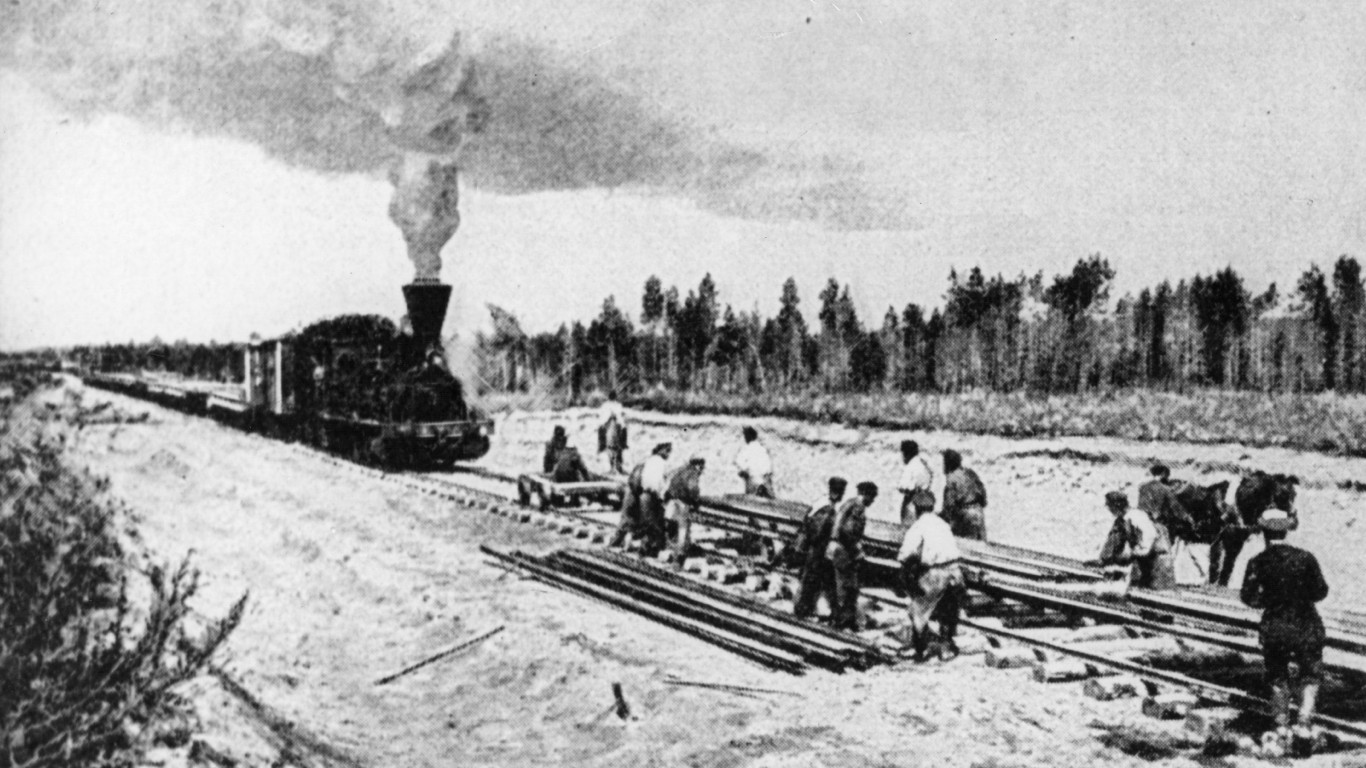
Disrupting your enemy’s communication infrastructure is always a crucial element of any military campaign. Whether it be capturing messengers, shooting down pigeons, cracking their code, or destroying their communication equipment, eliminating your enemy’s ability to talk to each other is essential to success. Not many commanders ever thought of a train heist, however.
The event is known as the Great Locomotive Chase, the Andrews’ Raid, or the Mitchel Raid. During the American Civil War volunteers from the Union Army joined a civilian, James J. Andrews, on a raid on Confederate telegraph stations. The best way to do this, they figured, was to steal a train (named The General) and wreak havoc along the way. They led Confederate forces on an 87-mile chase including on a second train, The Texas.
Because they were destroying telegraph wires and stations, the Confederacy could not warn anyone ahead of the joyride what was coming. When they were finally stopped and captured, eight were immediately executed and the rest spent the rest of the war as prisoners. The survivors were the first people to be given the brand-new Medal of Honor.
#7 Battle of Castle Itter
The United States military never planned to have to defend Castle Itter, but it is a great example of a military commander thinking fast, improvising, and coming out on top.
Castle Itter sits atop a hill near the village of Itter in Austria. Germany forcefully seized the castle from its Austrian owner and transformed it into an SS prison. It was designed to hold high-value prisoners for the SS.
Lieutenant John C. “Jack” Lee Jr. led his troops to capture the castle along with a number of German soldiers and released the French prisoners inside. While they were there, however, they saw a unit of SS soldiers from the 17th SS Panzergrenadier Division approaching the castle. Lee didn’t have enough men to fight off the attackers, so instead he he came up with an idea: convince his new prisoners to help, he knew most German soldiers were normal people who hated the SS, and he was right. He recruited the German troops he had as prisoners to help in the defense. The Germans had no love for the bloodthirsty SS troops and gladly helped in the defense of the castle. They successfully held out against 150 SS troops until reinforcements arrived.
#6 Operation Fortitude
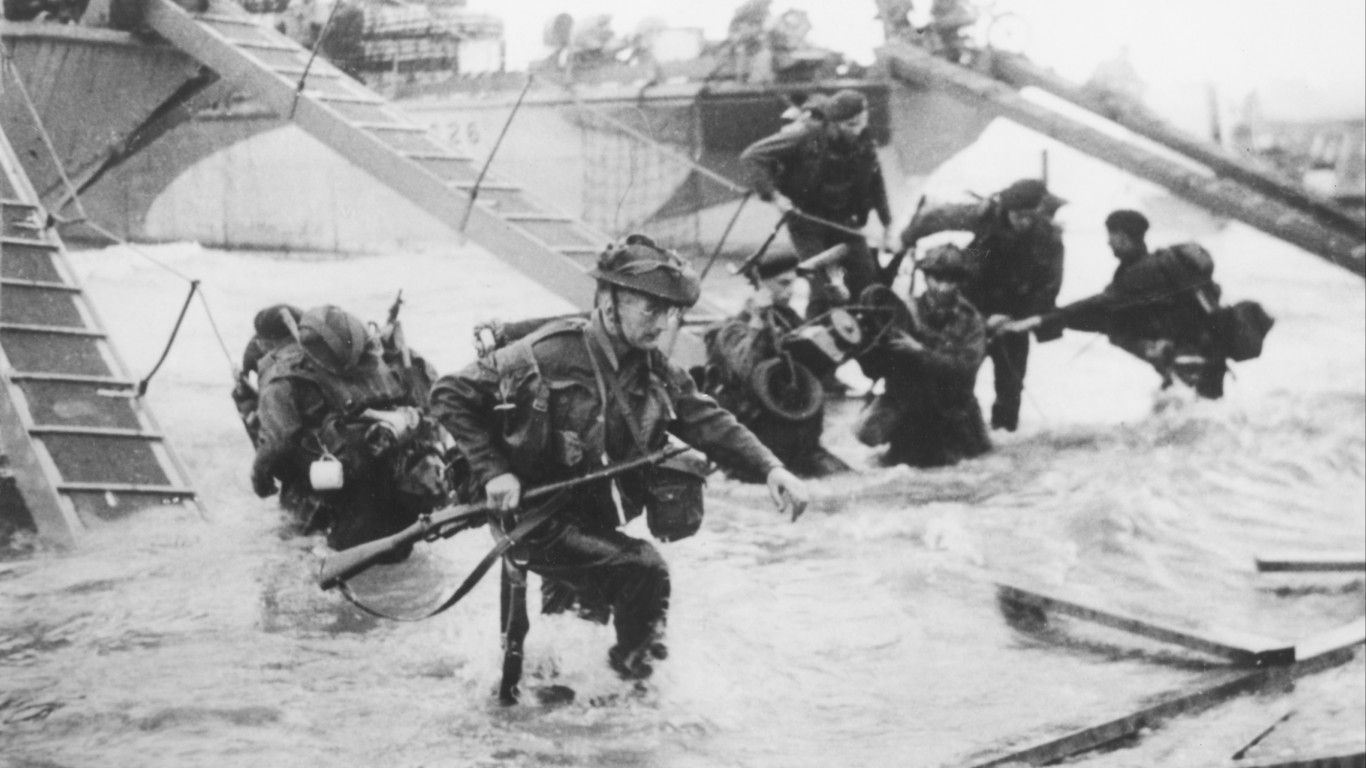
The Axis powers knew that a naval invasion of Europe was inevitable. If the Allies wanted to retake the continent, they needed to invade by sea at some point, and Hitler knew this. Operation Fortitude was one deception operation as part of the larger Operation Bodyguard that was developed to mislead and fool the German forces about where and when this naval invasion would take place.
The plan involved long-term plans and operations involving double agents, misinformation, and even the creation of fake armies in England. The phantom armies included inflatable tanks, fake planes, and everything that would convince German planes overhead that a major army was forming for an invasion in a place that wasn’t Normandy.
Operation Fortitude was so successful, in fact, that even after the Normandy landings of D-Day, Hitler was still convinced that it was a diversionary attack meant to draw German attention away from the real landings that would occur elsewhere.
#5 Operation Coldfeet

During the Cold War, the United States and the Soviet Union were constantly competing against each other in almost every area and geographic region, including the Arctic. In 1962, the CIA developed a plan to gain intelligence on Soviet operations and tests in the Arctic region.
Before this time, the Soviet Union had established and operated a drifting ice station. A U.S. naval aircraft spotted the base after, and the Soviets confirmed it was abandoned because the ice flow upon which it was built had destroyed the runway and it would soon be crushed by the moving ice. The United States saw this as an opportunity to earn valuable insight into the Soviet technology at the time, but they could not land a plane at the base, nor send an overland expedition. Operation Coldfeet was then created.
Operation Coldfeet involved parachuting two CIA operatives from military aircraft. The two operatives then investigated the base for a whole week and salvaged materials and technology they thought were valuable. At the end of the week, they had 150 pounds of salvage. To escape the freezing base, the U.S. military used the skyhook system, in which a line is attached to a balloon, and a specially-equipped plane will flow low over the location, hooking the line, and lifting into the air whatever was attached to it. The equipment and the two operatives were retrieved this way.
The salvage revealed that the Soviets had developed sophisticated acoustic technology to detect U.S. submarines in the arctic and that their meteorology technology was much more advanced than the United States’.
#4 Lunar Probe Heist
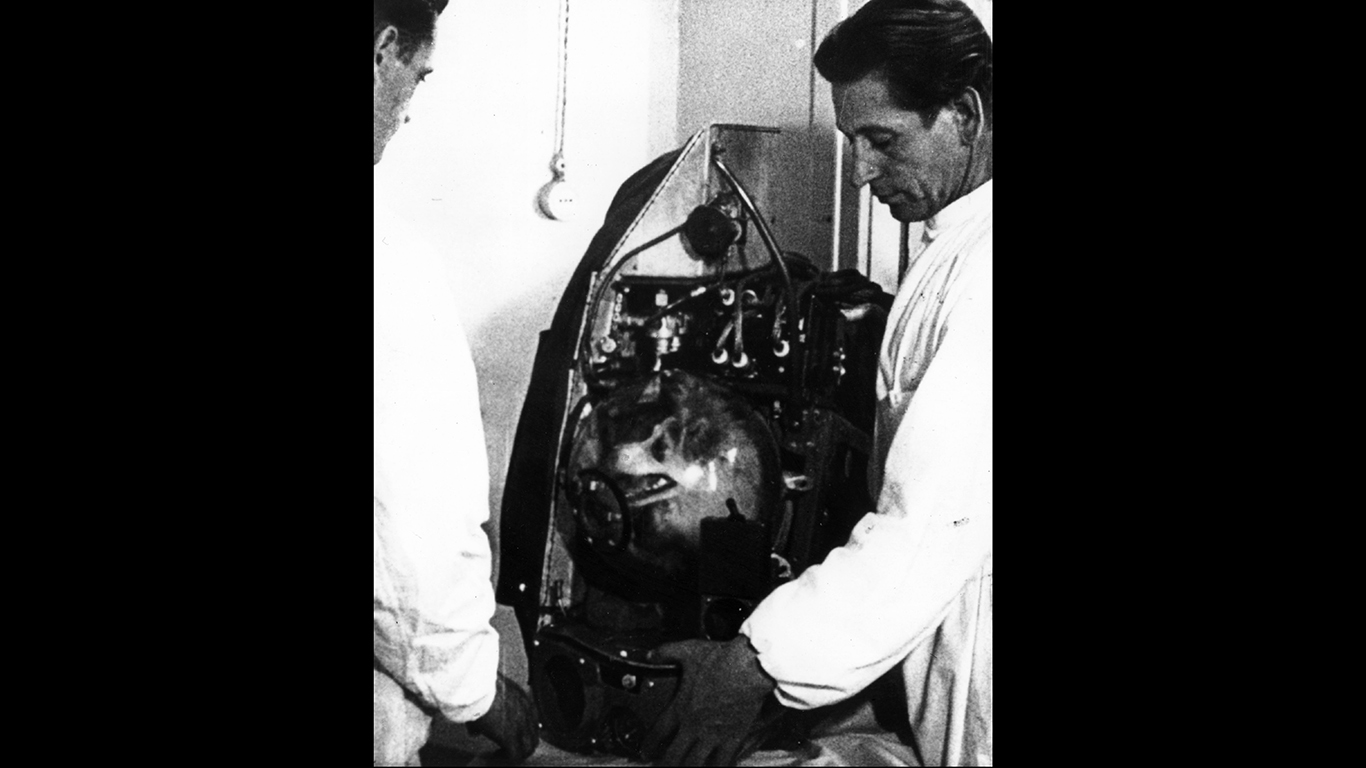
In the 1960s, the Soviet Union was the champion of space exploration and the United States was desperate to catch up. As part of its public relations efforts, the Soviet Union paraded its scientific achievements and technology all around the world. This included within the United States. At one point, they had created a replica of their lunar space probe, Lunik, which they used to reach the moon in 1959. During its scientific tour, however, the United States began to suspect that Lunik might actually be the real thing and not a recreation. So, they hatched a brazen heist to find out.
At first, they tried to sneak into the science exhibit while it was closed, but there were too many Soviet guards on post around the clock. Then, they tried to divert the train car it was traveling on, but that seemed too risky and obvious. Finally, they decided to steal the truck that carried Lunik from the exhibition to the train. They arranged for the lunar probe to be on the last truck out of the exhibition and switched the driver at the last moment. They drove the truck to a junkyard where they were able to pull Lunik apart. It was the real deal. The CIA was able to analyze the probe and learn most of its secrets. By morning, the reassembled Lunik was back on the truck at the rail yard and the Soviets never knew what happened.
#3 Continental Army New York Ruse
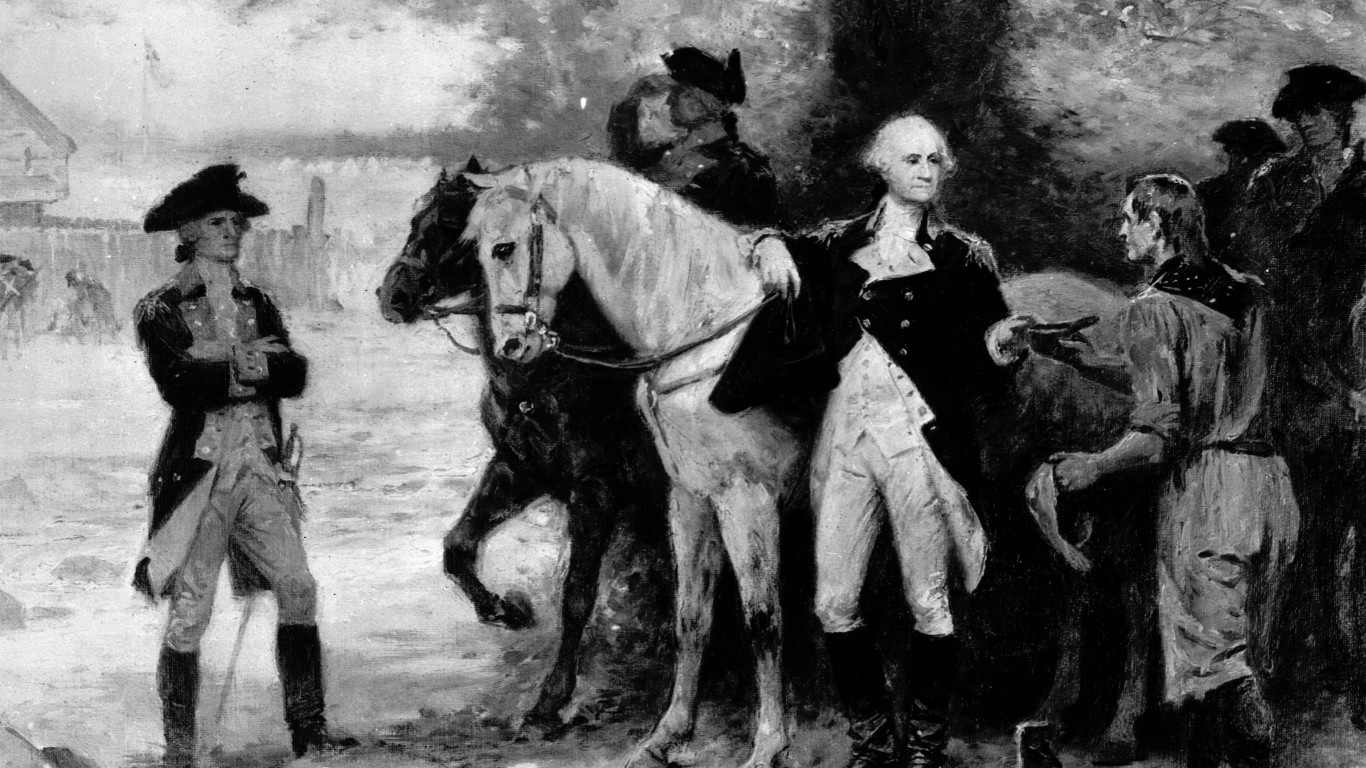
George Washington was a master of spycraft and deception. He often used codes, ciphers, and disappearing ink, and wrote letters with fake armies, troop counts, and other misinformation to deceive and trick the British forces.
As the American Revolutionary War was drawing to a close, Washington favored attacking the British forces in Staten Island but was convinced to attack the forces in Yorktown instead. Even so, Washington went to great lengths to convince the British that he still planned on staying in New York and attacking Staten Island. He set up extra French bakeries to make it look like his army was going to be in the area long term. He wrote fake orders and letters. He even had to fool his own troops so that any spies would hear the troops say they were staying in the New York area. The ruse worked and Washington was able to delay enemy reinforcements to Yorktown and win the war.
#2 WWII Native American Code Talkers

Codebreaking became big business during the Second World War. In the Pacific Theater, specifically, the ability to send and receive messages without the Japanese knowing what they meant was increasingly important as it became clear the Japanese would do anything and everything to not only fight American forces but kill as many of them as possible. Typical codes could be broken eventually, so the U.S. needed something more secure, yet easy to transmit. Enter the Code Talkers.
The Native American Code Talkers were a number of Native American members of the military who transmitted encoded messages in their native languages. These languages include Assiniboine, Basque, Cherokee, Choctaw, Comanche, Cree, Hungarian, Meskwaki, Mohawk, Muscogee, and most famously, Navajo. The code talkers were so successful, in fact, that their code was never broken and remains the only military code to have never been deciphered.
During the battle of Iwo Jima, eight code talkers were able to send 800 messages without a single error. Major Howard Connor, the signal officer for the battle said, “Were it not for the Navajos, the Marines would never have taken Iwo Jima.”
#1 Capture of HMS Eagle
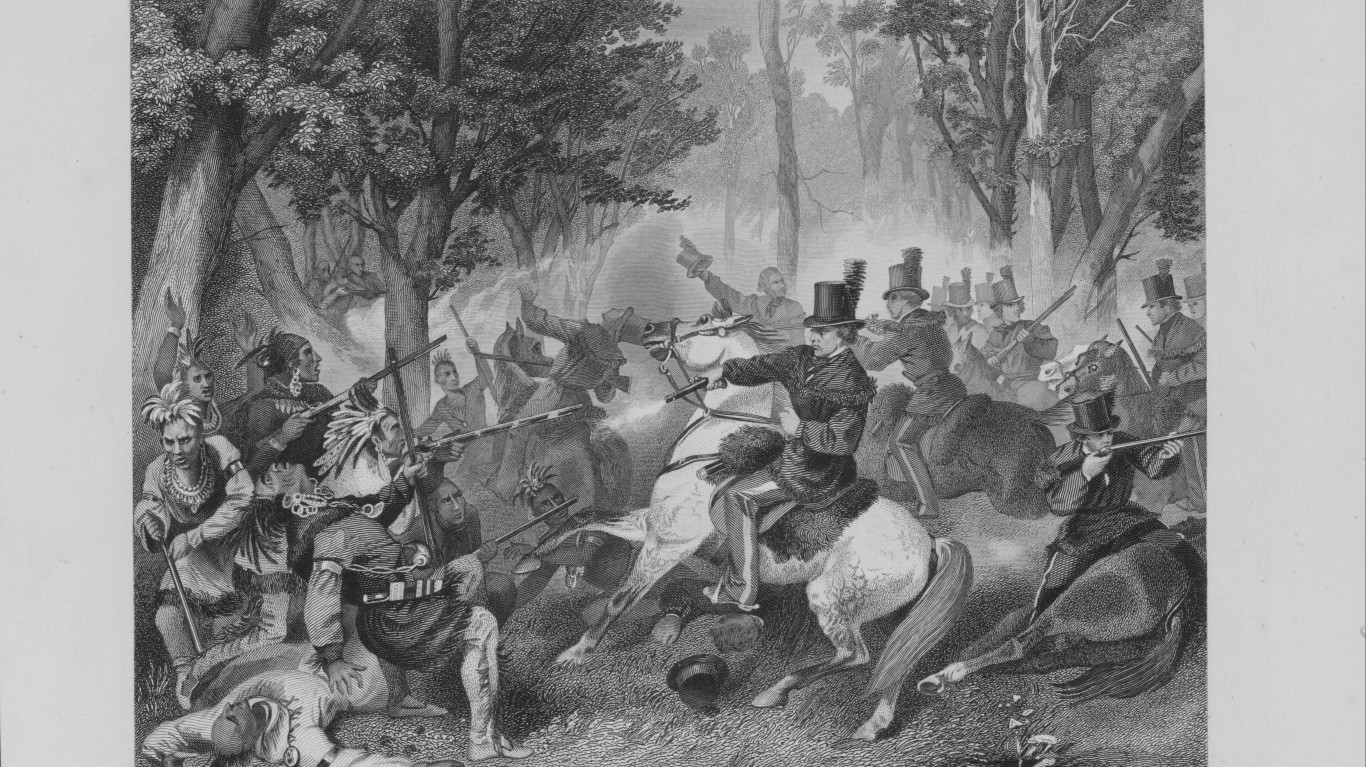
During the War of 1812, British forces used their significant naval power to blockade most of America’s ports and shipping centers. With control of the seas, the British could control the flow of trade, restrict any offshore operations by the United States, and decide where and when to land new troops.
One of these blockades was outside the ports of Lower New York Bay. The blockade was led by the HMS Poictiers and HMS Eagle. The Eagle had earned a reputation for itself as an effective and ruthless enforcer. It would regularly stop fishing boats and seize the crew and their cargo. It was becoming an expensive problem that needed to be resolved.
So, Naval officer John Percival came up with an idea to end the problem once and for all. He acquired a fishing ship, Yankee, and hid 34 armed volunteer sailors on board. He and two others dressed up as fishermen and made the ship look like it was going out to sea to fish. As if on cue, the Eagle spotted the fishing ship and moved to intercept it. The captain ordered the Yankee to unload all its cargo. However, when it got within ten feet, Percival ordered the surprise attack and his volunteers climbed aboard the Eagle and opened fire. The other crew retreated below decks and quickly surrendered. Only two British sailors were killed and there were no American casualties. Percival sailed the captured Eagle back to port just as everyone was celebrating Independence Day.
Travel Cards Are Getting Too Good To Ignore (sponsored)
Credit card companies are pulling out all the stops, with the issuers are offering insane travel rewards and perks.
We’re talking huge sign-up bonuses, points on every purchase, and benefits like lounge access, travel credits, and free hotel nights. For travelers, these rewards can add up to thousands of dollars in flights, upgrades, and luxury experiences every year.
It’s like getting paid to travel — and it’s available to qualified borrowers who know where to look.
We’ve rounded up some of the best travel credit cards on the market. Click here to see the list. Don’t miss these offers — they won’t be this good forever.
Thank you for reading! Have some feedback for us?
Contact the 24/7 Wall St. editorial team.


